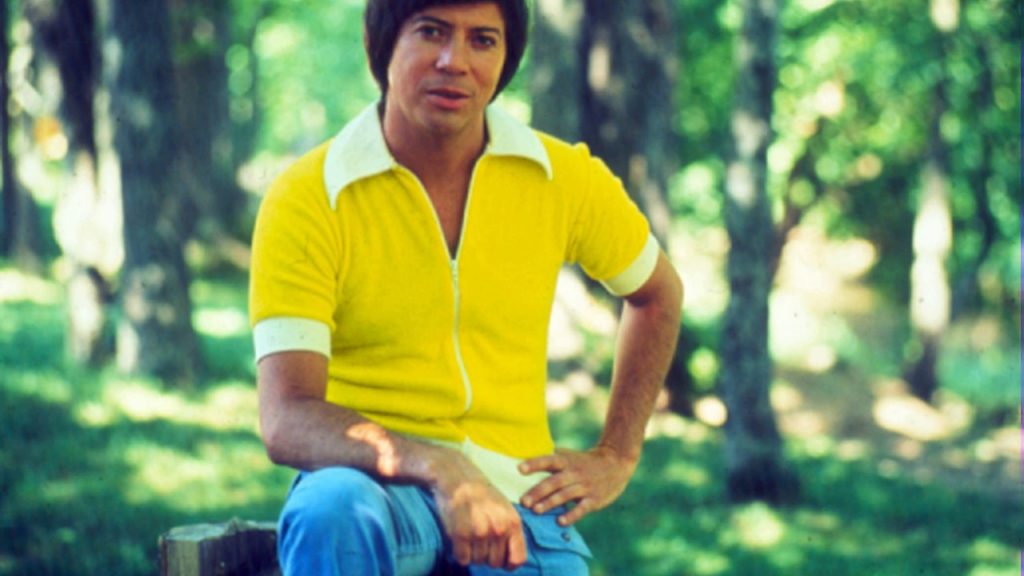
A Melancholic Reflection on Hidden Emotions and Life’s Ironies
“See the Funny Little Clown” by Bobby Goldsboro is a poignant exploration of hidden emotions, captured in a deceptively simple yet deeply resonant narrative. Released in late 1963, this song marked Goldsboro’s breakout moment as a solo artist, reaching an impressive position at number 9 on the Billboard Hot 100 in early 1964. It was featured on his debut album, “The Bobby Goldsboro Album,” which helped establish him as a significant voice in the music scene of the 1960s.
At first listen, “See the Funny Little Clown” might seem like a light-hearted jaunt, yet beneath its seemingly playful exterior lies a profound commentary on human vulnerability and the façades people often wear. The song’s narrative revolves around a clown who appears to amuse everyone with his antics but harbors deep sadness and unrequited love. This metaphor of the clown serves as a universal symbol for those who mask their true feelings, resonating deeply with audiences who have ever felt the need to hide their pain behind a smile.
Bobby Goldsboro, known for his warm vocal delivery and thoughtful songwriting, infused this piece with an emotional depth that belied his young age at the time. The song’s success can be attributed not only to its catchy melody but also to its ability to evoke empathy and introspection among listeners. It speaks to a timeless truth: that everyone, no matter how joyful they may appear, carries their own burdens and heartaches.
The story behind “See the Funny Little Clown” is as compelling as the song itself. Goldsboro wrote it during a transitional period in his career when he was striving to establish himself apart from his role as guitarist for Roy Orbison. The inspiration for the song came from observing people around him who seemed outwardly happy but were internally struggling with their own issues. This observation led him to craft a narrative that was both specific and universal, capturing a slice of life that many could relate to.
The lyrics are imbued with vivid imagery and subtle irony. The clown, who should be the epitome of joy and laughter, is instead depicted as crying on the inside—a powerful contradiction that underscores the theme of hidden sorrow. This juxtaposition between appearance and reality is something many listeners found relatable, especially during an era when societal expectations often required individuals to maintain a façade of contentment regardless of their true feelings.
Musically, “See the Funny Little Clown” features an arrangement that complements its lyrical content perfectly. The gentle piano lines and understated orchestration create an atmosphere of introspection, allowing Goldsboro’s heartfelt vocals to take center stage. His voice carries a certain wistfulness that enhances the song’s emotional impact, inviting listeners to reflect on their own experiences with concealed emotions.
For many older listeners today, revisiting “See the Funny Little Clown” is akin to opening a cherished photo album filled with memories of youth and self-discovery. The song not only captures the essence of its time but also transcends it, offering insights into the human condition that remain relevant even now. Its enduring appeal lies in its honest portrayal of life’s complexities—the joy intermingled with sorrow, laughter shadowed by tears.
As we listen to Bobby Goldsboro’s evocative storytelling through this classic track, we’re reminded of our shared humanity and the importance of compassion for those whose struggles may not always be visible. “See the Funny Little Clown” serves as a gentle reminder that behind every smile could lie an untold story waiting to be understood—a narrative that continues to resonate with audiences across generations.